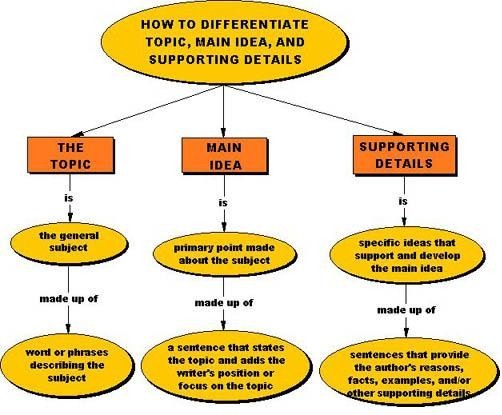6.1: Outcome: Supporting Claims
- Page ID
- 5604
Skills to Develop
- Analyze various forms of support that can be used in a text to validate a thesis
- Analyze use of personal forms of support (narrative, anecdote)
- Analyze use of research-based forms of support (facts, statistics, outside authority)
- Analyze relationship between the rhetorical context of a text, and the effectiveness of the types of support used
Analyze supporting claims of texts
We’ve examined the relationship between a text’s thesis statement and its overall organization, through the idea of topic sentences in body paragraphs. But of course body paragraphs have a lot more “stuff” in them than just topic sentences. This section will examine in more detail what that “stuff” is made of.
First, watch this video that details the relationship between a topic sentence and supporting details, using the metaphor of a house. The video establishes the difference between major and minor details, which will be useful to apply in coming discussions.
(The video has instrumental guitar for audio, but no spoken words, so can be watched without sound if desired.)
The following image shows the visual relationship between the overall thesis, topic sentences, and supporting ideas:

Figure \(\PageIndex{1}\)
While this image shows where a topic sentence might reside in the paragraph, in relation to the rest of the supporting details:

Figure \(\PageIndex{2}\)
In #5 of the sequence above, the topic sentence is rephrased between the opening and closing of the paragraph, to reinforce the concept more strongly.
What exactly these supporting details consist of will be examined in more detail as we move into this section.

